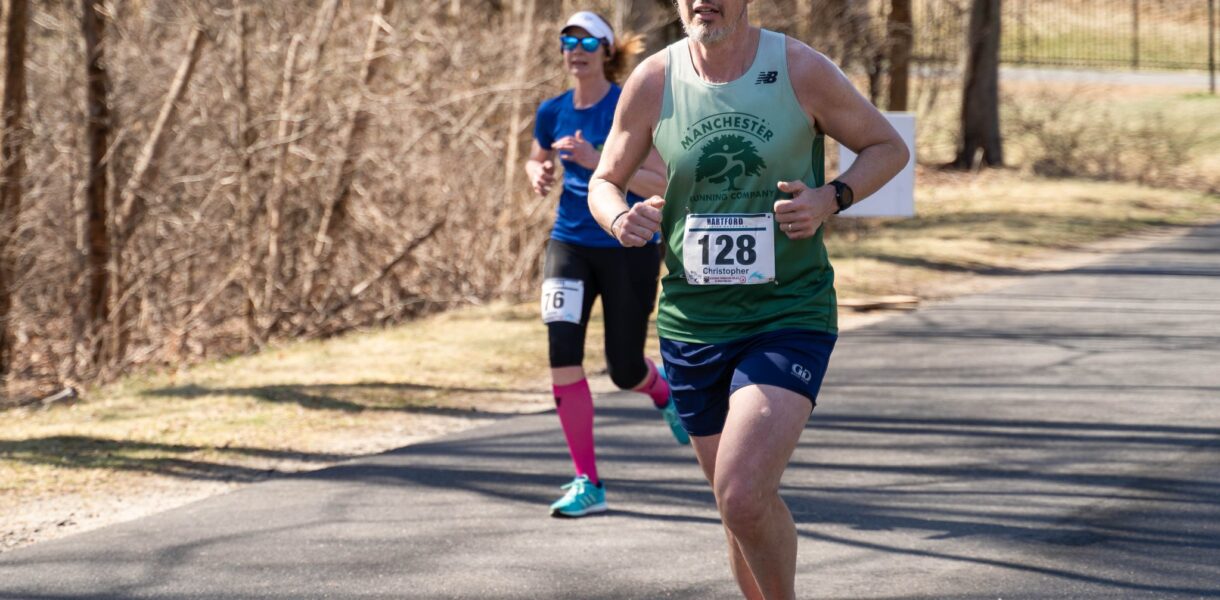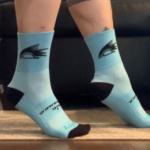This is the first of a three part series on Run Efficiency, Common Run Injuries, and Run Injury Prevention by Coach Laura. If you have questions about run form or run injury prevention please reach out to Coach Laura at [email protected].
There are so many ways to run WRONG. Running with poor form, or without being properly warmed up, can lead to injuries that may side line an athlete for weeks to months. And lets face it…NO ONE likes Aqua jogging . Well maybe some people do, but no athlete I have even met (well, Coach Kelly likes aqua jogging, but she’s weird).
Let’s take a look at proper run form, some common run injuries and how to prevent them, as well as some dynamic run warm ups! At first it may sound like a lot of little things to remember, but with consistency and practice it will surprise you by how effortless it becomes.

Important things to focus on with your body position when running:
- Body should be leaning forward from the ankles
- Feels slightly like you are falling forward
- Imagine yourself as a ski jumper
- It’s really great to practice this position when running uphill — the slope of the hill almost forces you into the correct position.
- Keep your chest and hips straight
- Hips should not rock or swivel
- Strong drive from the quads
- Knee lift 45 degrees
- Push not pull
- Imagine each step like pushing off a running block
- Balanced strike on the foot, underneath your center of gravity (for some, this means a mid-foot strike; for others, it’s still natural to heel strike)
- Relaxed upper body
- Think dropping your shoulders down from you ears and relaxing your hands.
- 90 degree arm angle
- Soft hands
- Clenched fists don’t help you run faster. Think about what it would feel like to carry an egg or a potato chip in your hands while running. You don’t want to crush what you’re (mentally) carrying.
- Relaxed jaw
- Short stride / high cadence
- Over the course of a minute count the number of times your right foot hits the ground. Multiply it by two. That’s your run cadence. “Ideal” cadence is somewhere north of 170 strides per minute.
While this may see like a lot to remember I find it best to focus on one piece at a time. When you master that piece, move on to the next. It’s about progress, not perfection.
Next up we’ll take a look at some common run injuries and then we’ll focus on how to prevent them with pre-hab and dynamic stretching.




